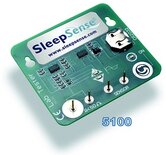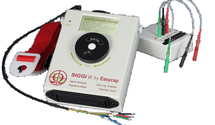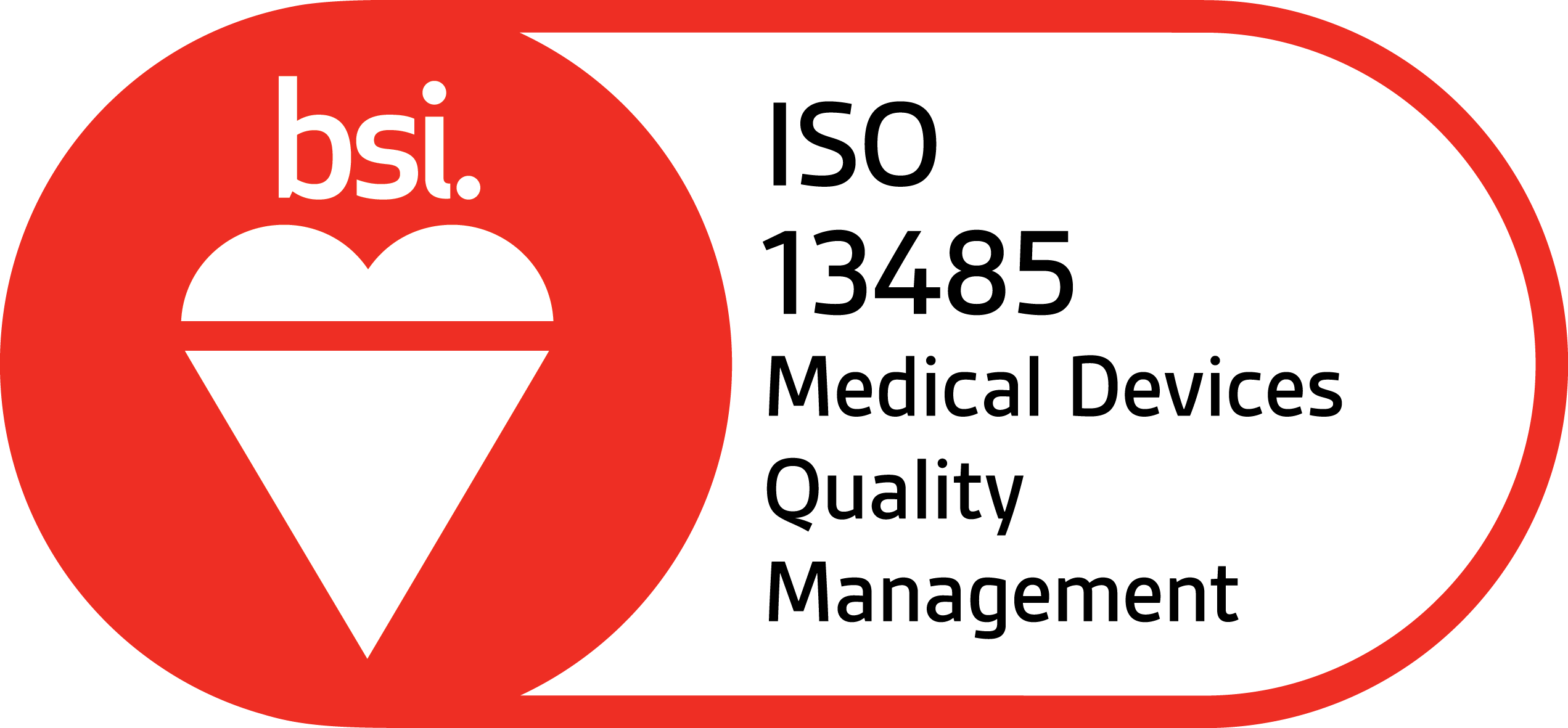Er zijn nog geen producten in jouw winkelwagen geplaatst.
Testapparatuur
Bezig met laden...

Sensor Tester
The Sensor Tester enables the sleep tech to verify the proper operation of many types of physiological sensors, electrodes, and cables used in the sleep lab.
The AC channel conveniently tests the operation of Piezo Crystal and Film Effort Sensors, Piezo Snore and Movement Sensors, and RIP/Inductive Sensors as well as any other sensor producing signals in the mV range.
The impedance channel will turn on the UP arrow light for resistance under 50 ohms. The results are high enough to show proper operation of all standard leads and electrodes, yet low enough to prevent showing GOOD” on a bad cable. The Sensor Tester battery should last for several years of normal use.

Siggi-II Signal Generator & Impedance Meter
SIGGI II is a laboratory tool for generating and measuring electrical signal parameters in the voltage range of typical biophysiological signals. SIGGI II is a great help for users, resellers, technicians, or developers of devices for the acquisition of biosignals (e.g. EEG amplifiers).
Its four main functions are:
- The calibrated Signal Generator, issuing both built-in and recorded signals onto 1-32 channels (accompanied by a trigger signal), can be used to verify an amplifier‘s ability to correctly record amplitudes and frequencies, to visualize filter characteristics, to check linearity of DC amplifiers and to check Common Mode Rejection (CMR).
- The Impedance Meter measures the impedance between 1-32 electrodes and their reference and ground electrodes. Special custom adaptors for any EEG-Recording Cap / electrode input box can be supplied. This is a comfortable way to measure impedances independent from the EEG amplifier or if there are reasons to doubt the impedance measurement routines built into the respective amplifier.
- The Amplifier/Data Logger can record, amplify and store user specific signals and replay them with the Signal Generator.
- The Electrode Tester measures the electrode potential of 1-32 electrodes and its changes for up to 6 hours. This unique tool is indispensable for assessing the suitability of individual electrodes for DC recordings.




